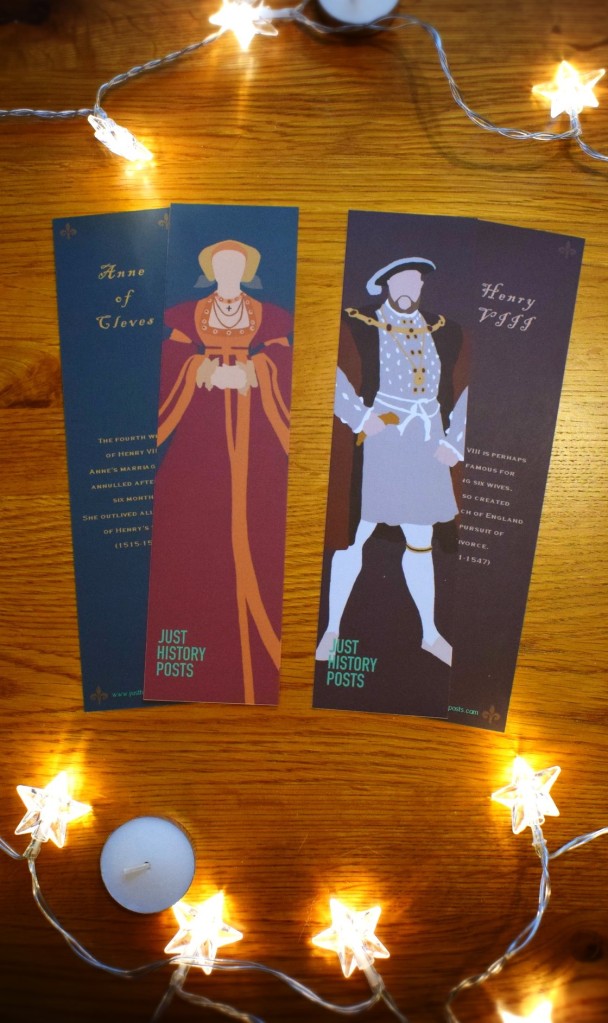Even in our digital age, people still send post. We’ll send cards at Christmas, birthday presents to distant relatives, or maybe love letters to our sweetheart in an attempt to relive a simpler age. But around 100 years ago, it wasn’t unheard of to receive something a little different in the post: children.
You heard that right! In the USA, the Post Office Department was officially created way back in 1792 by Benjamin Franklin, providing the entire country with a guaranteed right to the sanctity of personal correspondence. However, it was not until 1st January 1913 that the now-named U.S. Postal Service began to deliver packages. This service was very cheap, allowing businesses to send goods far cheaper than before, and enabling people to start sending each other gifts. However, as the service was new, strict regulations had not yet been thought of, and people began to take advantage of the loopholes.

One of the most famous images of a postman carrying baby mail. In fact, there are no photographs of real incidents of children being posted, with all contemporary images being staged for publicity. Via Smithsonian.
As you can imagine, it did not take long for people to get creative. Just a few weeks after the parcel delivery service began, an Ohio couple – Jesse and Mathilda Beagle – decided to send their 8 month old son to his grandmother who lived a mile away. The baby parcel was accepted by the post office, and the cost of delivery was just 15 cents. This incident was possible because the baby fit within guidelines of the parcel weighing less than 11 pounds and being no larger than 72 inches. However, the following year a far more audacious postal incident happened.

The newspaper reporting of the Beagle boy’s journey. Source.
On 19th February 1914, a nearly 6 year old girl called May Pierstorff was sent from her parents’ home in Idaho to her grandparents’ house which was 73 miles away – costing just 53 cents. This was a time when train tickets were very unaffordable for many every-day Americans, and so the loophole of posting children was a way for families to see each other when they may otherwise have been unable to. May’s journey was probably influenced by her mother’s cousin who worked as a clerk for the railway mail service. He accompanied her on the trip, and this is what probably allowed such a large child to slip through the limited regulations.

May Pierstorff, who was sent 73 miles via the US Postal System. Smithsonian.
May’s story was what prompted a change in regulations, for not long afterwards the mailing of people was prohibited. Despite this change in legislation, the next year another 6 year old was posted, but this time travelling 10 times as far as May, making a 721 mile journey from Florida to Virginia. This huge distance was traversed for just 15 cents.

Enjoying this blog post? Buy me a hot chocolate!
Consider donating the cost of a hot chocolate to me, so I can continue to write and run Just History Posts.
£3.50
Despite some of these famous cases making newspapers across the country, there were actually very few recorded cases of children being sent in the post. Those that were either had links with the postal service, such as May Pierstorff, or were sent very short distances, like the Beagle boy. The last known case was in September 1915, when a 3 year old girl, Maud Smith, travelled from her grandparents’ home to her mother’s in Kentucky. The incident was investigated by postal officials for violating postal rules, and it appears to be this kind of crack down that finally ended the practice.

Another staged image of a postman with a baby, this time the baby seems to be helping with the delivery. Smithsonian.
Although children were now forbidden to be posted, people continued to find ways to take advantage of the incredibly cheap postage service. In 1917 the Post Office was forced to impose a maximum daily limit of 200 pounds per customer after an entrepreneur, W. H. Coltharp, used the postal service to send more than 80,000 masonry bricks over 400 miles for the construction of a bank building in Utah for an incredibly low rate. Where there is a service, people will try and get what they can out of it!
Today, the parcel service is booming, particularly after the proliferation of online shopping. In 2016, approximately 65 billion parcels were shipped worldwide, with the USA spending $96 billion on their parcels (via Statista). However, babies are hopefully no longer part of those parcels!
Previous Blog Post: An Interview With: Jill Campbell – Knebworth House Archives
Previous in A Brief Moment of History: The Day a Bus Jumped Tower Bridge
List of Blog Posts: here Blog Homepage: here
Buy my books via the pictures below! Or why not check out our shop?

Follow us:
Read more: https://www.snopes.com/fact-check/surface-male/
https://www.smithsonianmag.com/smart-news/brief-history-children-sent-through-mail-180959372/
https://postalmuseumblog.si.edu/2013/02/very-special-deliveries.html
https://www.thoughtco.com/when-it-was-legal-mail-babies-3321266






Unbelievable. Truth really is stranger than fiction. Who would dare make this up?
LikeLike
Certainly! Definitely very creative, it would never have occurred to me to do that!
LikeLike
It was the postal service? And all this time I thought it was the stork.
LikeLike
Ha ha!! Very good
LikeLike
Thanks in support of sharing such a pleasant opinion, piece
of writing is pleasant, thats why i have read it fully
LikeLike
Thank you, glad you enjoyed reading it!
LikeLike
I’d like to find out more? I’d love to find out more details.
LikeLike